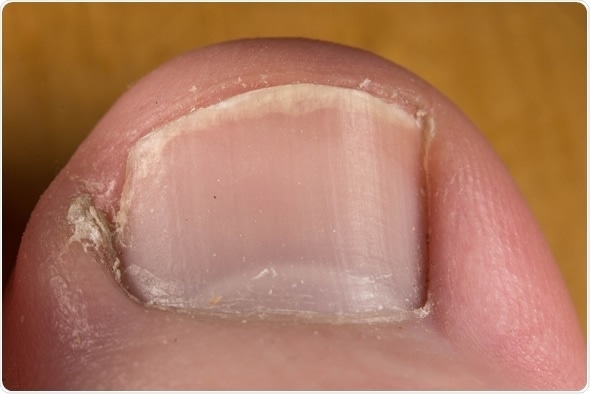For The Latest Medical News, Health News, Research News, COVID-19 News, Pharma News, Glaucoma News, Diabetes News, Herb News, Phytochemical News, Thailand Cannabis News, Cancer News, Doctor News, Thailand Hospital News, Oral Cancer News, Thailand Doctors
An ingrown toenail is a common condition that involves the growth of a toenail into the surrounding the skin, making the area to become red, swollen and tender. The sharp edges on the sides of the big toenail are most commonly affected, as they can easily become lodged in the surrounding skin and grow into the area.
Ingrown toenails are at risk of becoming infected, so it is important that they are detected and treated in a timely manner to prevent complications. This is particularly important for certain population groups that are at risk of complications, such as those with diabetes or other health conditions that affect the peripheral nervous system.

There are various factors that can increase the risk of an ingrown toenail, including:
People who are at a higher risk of getting an ingrown toenail should pay closer attention to any changes in their feet to allow early intervention and prevent complications.
The initial signs of an ingrown toenail include tender, swollen and hardened skin surrounding the nail, which is painful under pressure. There can also be a build up of fluid around the toe.
Ingrown toenails are prone to infection, which may cause additional symptoms such as bleeding or oozing of pus. This can also be very painful, even when the toe is not pressed.
Some population groups are at a higher risk of complications of an ingrown toenail, such as people with diabetes or poor circulation the extremities. This is often because they have decreased sensation in the feet and often take longer to notice early signs of the condition. Additionally, the natural ability of their body to fight the infection may be compromised, leading to more severe symptoms.
It is best to diagnose and treat an ingrown toenail as soon as possible to prevent the condition from worsening. In most cases, an ingrown toenail can be treated in the home environment, but professional advice is advised if diabetic.
The feet should be soaked in warm water 3-4 times each day and the inflamed area massaged to gently push the skin away from the toenail. An antiseptic wash is also useful to reduce the risk of infection.
For immediate pain relief, simple analgesic medications such as paracetamol or non-steroidal anti-inflammatory drugs (NSAIDs) can be effective.
For more severe cases, partial or complete removal of the affected toenail may be required. This is usually carried out under a local anesthetic to numb the area. Patients can return home shortly after the surgery, although they should avoid putting pressure or weight on the toe for the 24-48 hours following the procedure. Prophylactic antibiotics and salt water baths are also recommended to reduce the risk of infection.
There are a number of ways to help prevent ingrown toenails and related complications. These include:
It is important for patients to inspect their toenails regularly to screen for any changes that could be an early sign of an ingrown toenail. This allows them to commence at home treatment as soon as possible and helps to prevent progression of the condition.